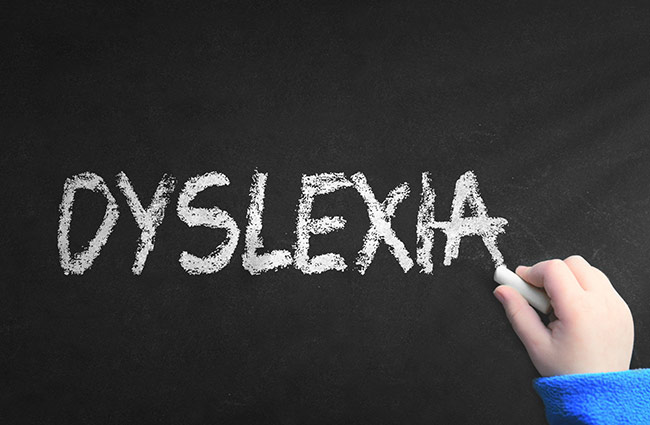Approximately one in ten people have some form of dyslexia. Dyslexia International goes on to report that over 700 million children and adults worldwide risk illiteracy and social struggles due to dyslexia.
Table of Contents
ToggleThere is no cure for dyslexia. However, with the help of Assistive technology, individuals who are afflicted with dyslexia can lead normal lives and accomplish many amazing things.
In this article we’ll list popular types of tools that are being used today to help dyslexic students in classrooms and dyslexic adults in the workplace to integrate, thrive, and succeed.
What Is Dyslexia?
Dyslexia is a disorder in which a person experiences reading difficulty. The problem lies in their ability to identify speech sounds and their relationship to letters and words. Dyslexia affects the brain’s language processing centers.
This disorder doesn’t reflect an individual’s intellectual level. Many dyslexic people go on to accomplish incredible things. In fact, there are many successful and famous people with learning disabilities and dyslexia that we all know and love.
With the latest developments in technology, it’s becoming easier for people who suffer from dyslexia adjust to normal life. With the help of Assistive technology, special tutoring, and specialized education programs, students with dyslexia can now look forward to going to college and finding regular jobs, something that was not possible even a few years ago.
Assistive Technology Defined
Assistive Technology (AT) refers to tools or devices designed to help people with learning disabilities perform better and encourages them to become more independent and self-reliant.
Top Assistive Technology for Dyslexia
Assistive Technology helps people with dyslexia accomplish tasks such as:
- Reading
- Taking notes
- Math
- Organizing ideas
- Managing time
- Writing
- Spelling
Below is the list of popular Assistive Technology tools specifically created to help people with dyslexia and other common learning disabilities.
E-Readers
Electronic readers, or e-readers, come in a variety of styles. Dedicated e-readers help improve the reading experience by keeping users focused on reading. Without ads, notifications, or games or other common distractions, users can easily keep their focus without any interruptions.
E-readers can also include text to speech feature that allows people who have difficulty reading lisen to the actual text. This can be especially useful for people who suffer from dyslexia and have a problem reading.
Smartpens
Smart reader pen for dyslexia assists those who struggle with writing, listening, reading, and remembering information. A special paper is used with the smartpen translate individual’s handwriting into a digital file.
Furthermore, they can be used for making audio recordings of what was said, to be played later so people who have a hard time following can replay later.
The software can help organize, re-play, and share the information digitally to make it extremely accessible.
Personal FM Listening Systems
This AT provides benefits to individuals who struggle with listening or staying focused. The speaker’s voice is transmitted directly into the listener’s ear via a wireless transmitter. The listener wears the speaker and receiver (earphone) during the interaction.
These devices can also decrease the surrounding noise and allow listeners to focus on the interaction that’s taking place.
Electronic Math Worksheets
If you struggle with math, an electronic math worksheet can help. This technology helps organize, align numbers, and solve math-related problems. Numbers on the computer screen can also be read by a speech synthesizer which can be useful for people who have reading problems.
Information and Data Managers
For those who have trouble keeping up with appointments, task lists, or contact information, a personal data manager can come in handy. These devices allow you to plan, organize, schedule and retrieve calendar events. These managers are available as apps on mobile devices or can be installed on regular desktop computers.
Proofreading Software
Many dyslexic people struggle with spelling, grammar, punctuation, word usage, and sentence structure. To help them, there are different software programs that were specifically created to help find and fix these errors.
Most modern browsers have dictionaries, spell check and other language-related features already built into them. You can also find many browsers extensions developed to help with grammar and spelling issues.
This is just a shortlist of many new technologies that are available today that are already making a huge impact on many people’s lives. Technology is evolving at a tremendous speed. There are many amazing tools that are being developed and tested that will eradicate barriers that stand in the way of people achieving their full potential.



